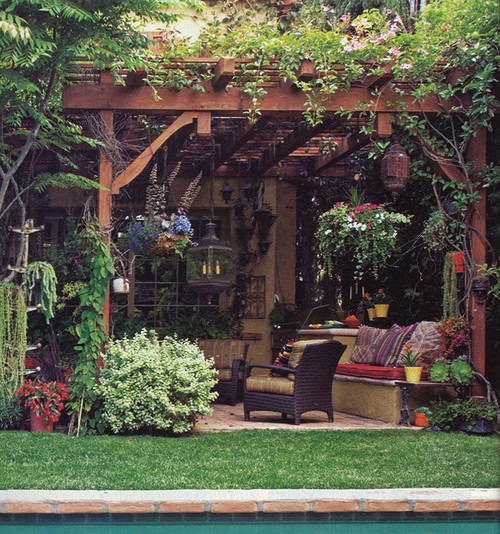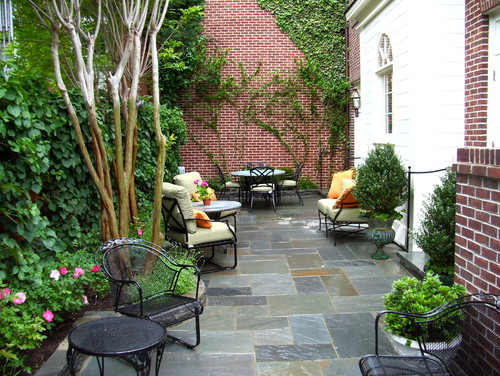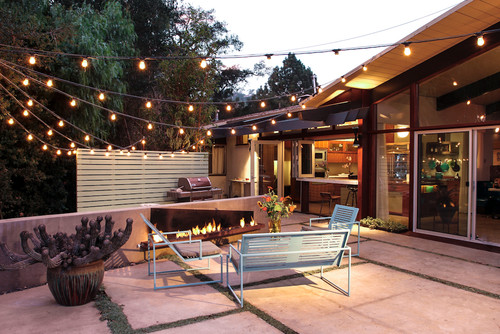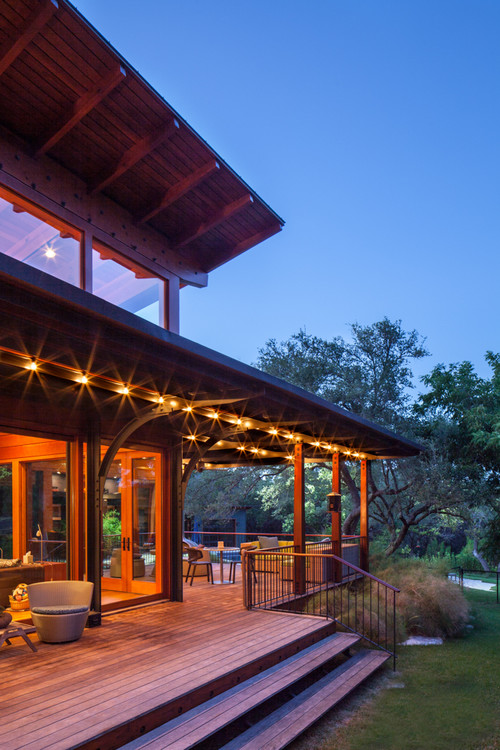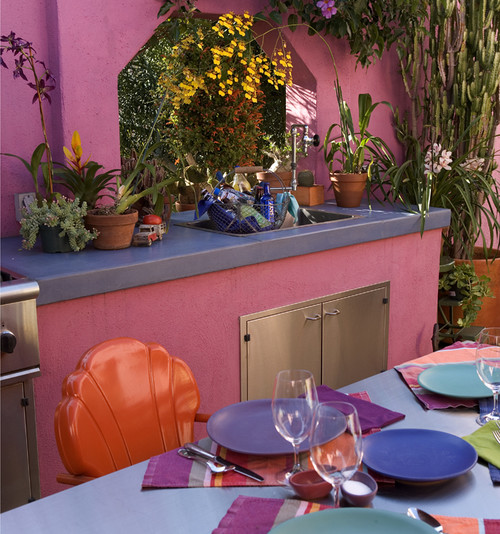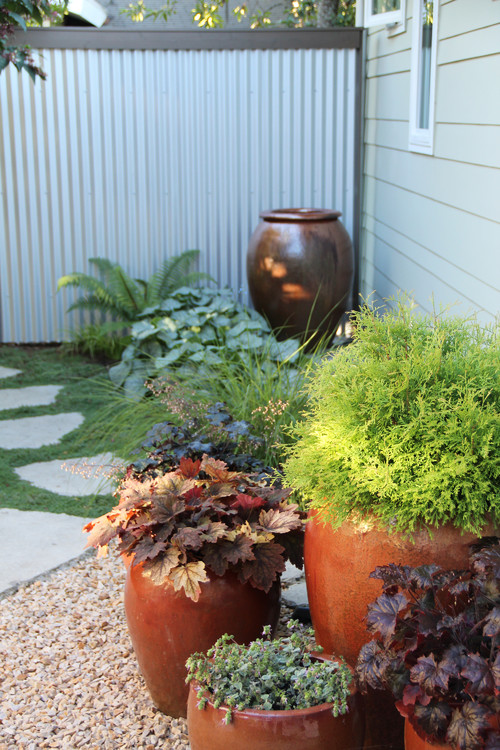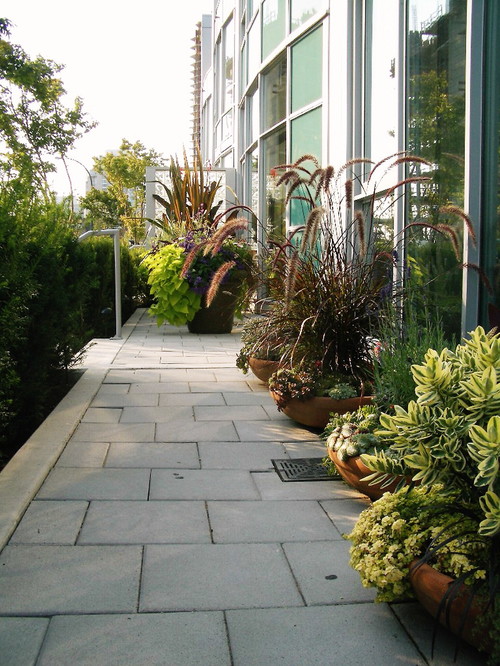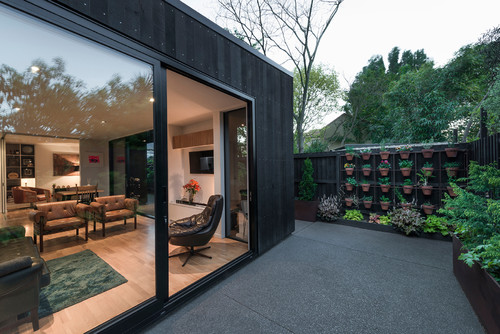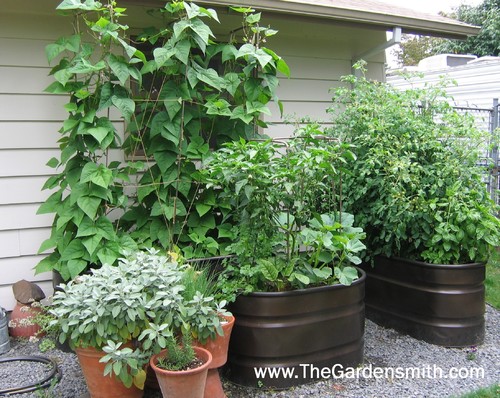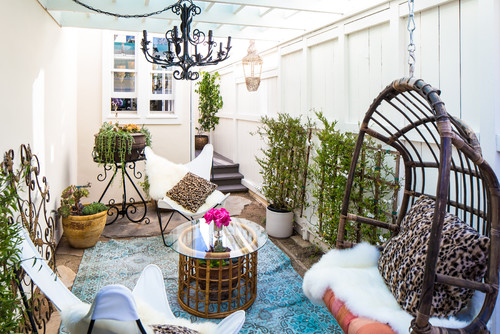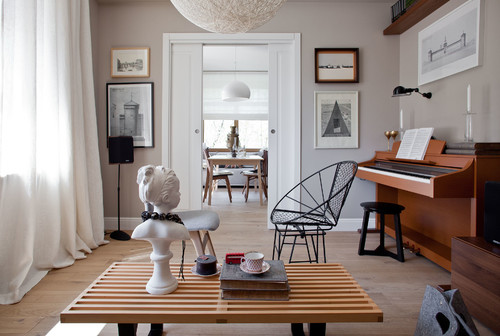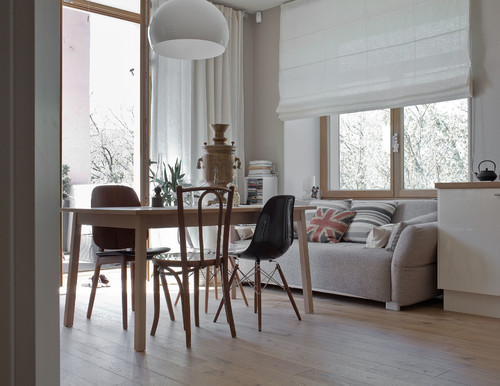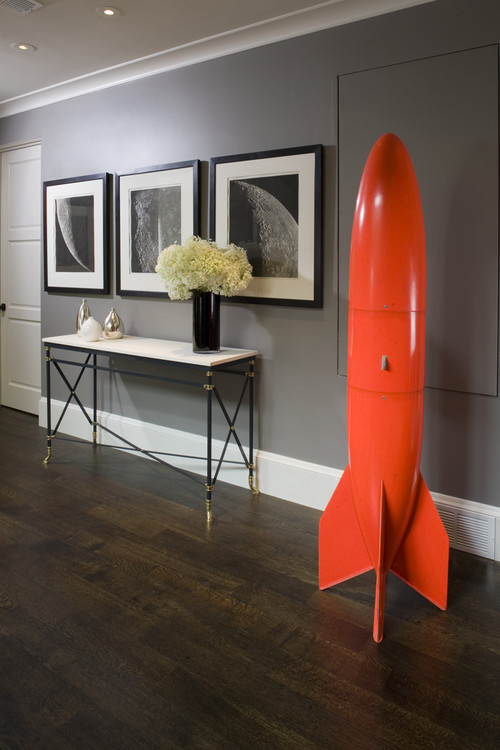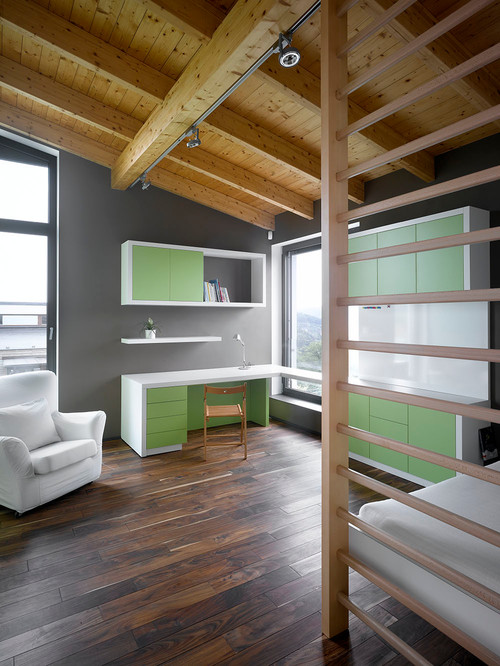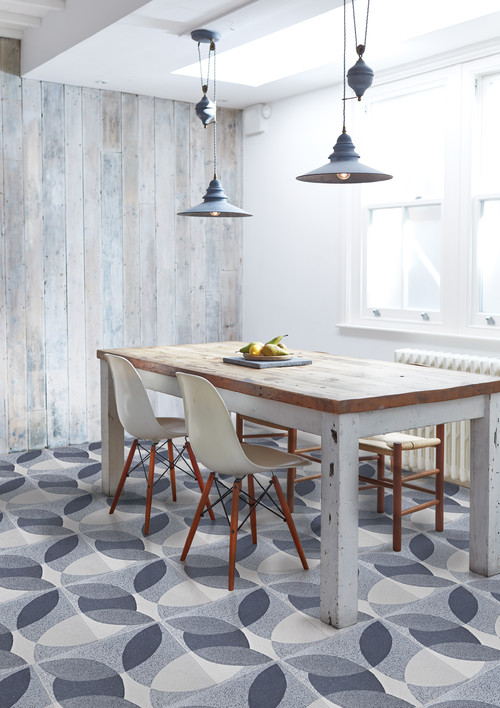Design Dilemma: Five Secrets to a Great Patio
We all know one when we see one. Some patios stand out for their beauty, comfort and ease. They welcome you in, and ask you to stretch out and relax, or gather with friends. But it doesn’t just happen by itself. To have a beautiful and functional patio, you have to incorporate several crucial elements that will go a long way to making your patio the favorite room of your house.
- First, create a basic infrastructure.
The reason a great patio doesn’t just happen by itself is that there are some basic elements any patio needs to feel comfortable. Electricity is helpful for adding lighting. A gas line or water line might be necessary if you plan to add a gas grill or an outdoor kitchen. Of course, it is possible to have a basic patio that doesn’t include any of these things, but if you hope to get a lot of use out of your patio, to eat often there in the evenings and to use it for entertaining, you’re going to need some infrastructure to make it all happen. A simpler patio, like the one below, might be nice for a few drinks in the early evening, but becomes harder to use for big parties and grillfests without electricity, gas or water.
2. Lighting, lighting and more lighting!
Nothing sets a successful patio apart from its less successful peers then good lighting design. This means soft lighting coming from a variety of sources that are suited to both work tasks and setting the mood.
Below, lights strung overhead provide a nice, romantic feel that never feels too harsh.
Here’s the same idea on another patio:
Finally, lighting from strung lights doesn’t preclude general lights that are stronger and perhaps necessary for completing tasks. Here’s an example where strung lights work in tandem with general spotlights:
Below, a lighting designer used five different light sources ranging from barn lamps to light posts to lanterns to get just the right glow. And don’t forget the candles!
3.Make it accessible.
What good is a patio if you can hardly get to it! The best patios allow for an easy flow between the indoors and outdoors. Windows and doors that open directly onto the patio, and that generally open and close easily, even when you’re carrying trays, are what you should aim for. A great patio feels like a simple extension of the house.
4. Add a grill.
It’s practically mandatory for any outdoor space where you plan to entertain. A gas line is the easiest way to go, although propane and charcoal grills can be another option. If you want even more comfort and ease, add a water line for rinsing off plates or getting a quick drink of water.
5. Add a pergola or an enclosing structure.
Nothing will up the cozy factor more quickly. Pergolas and enclosures make an outdoor space feel like a room. It will feel intimate, safe and inviting. Just check out the cozy patio below.
Here’s another example.
An added bonus is that pergolas allow you to hang lanterns, string up lights and plant draping flowers and plants.
So there you have the five basic secrets to a great outdoor patio space. There are plenty things you can do to go further — add a fireplace, furnish your patio with eclectic and vintage flea market finds to add charm and quirkiness. But these are just the extras. Follow the first five back rules and you’ll find yourself spending the entire summer out on the patio!
Design Dilemma: Hottest Trend of the Summer? Container Gardens!
One of the hottest trends in garden design is the container garden. And there’s a few reasons why.
- They are an easy way to add dimension and visual interest. In large gardens, they are a relatively inexpensive way to provide architecture without adding pavers and raised beds. They can help define different areas of a garden that might be put to different uses — let’s say a patio space defined as a separate outdoor “room” from a play area. They are also a great underpinning for form. Acting like a bra or girdle, they can make a shapeless, unwieldy garden seem sleek and sophisticated. In small spaces, like on patios and balconies, containers provide the actual growing space for decorative plants and vegetables alike.
2.) They are a great way to provide color, depth and dimension, since containers come in all varieties of materials, colors and heights. There’s no better way to make a garden really pop.
3.) They are often more manageable for gardeners who don’t have the greenest of thumbs. In a tighter, more contained bed, it’s harder for weeds to take hold and garden pests, including both insects and animals, to eat or destroy plants. It’s also easier to make sure that precious water gets only to the spots where it is needed. That makes container gardens perfect for areas of the country dealing with drought conditions.
Let’s take a look:
The garden above is composed almost entirely of planters and containers. With only a plain concrete walk to serve as the basis, you might expect a garden that felt like a sidewalk. And yet, thanks to the choice of plants, the garden feels as rich and lush and green as any jungle. A key secret here is the use of both plants and planters of varying heights. There are tall containers with draping plants that cascade to the concrete floor, as well as low planters with plants that reach for the sky. All that variety gives the planned garden an extremely natural feel.
Even when you have a traditional large lawn, you can still add a container or two to provide your garden with a pop of color and interest. The container above, a bright orange planter with purple plants set in the middle of a lawn, does just that.
The garden above shows how you can make a asphalt patio and wooden fence, feel lush and green. The homeowners cleverly created a system for a series of simple terra cotta planters which they filled with flowering plants. This area acts as an “accent wall” while a series of low containers and beds help fill everything out. This type of container garden is a cinch to maintain.
Container gardens aren’t just for decorative plants alone. Here, the homeowners have used metal-look basins for planting an array of vegetables. The choice of containers lends the garden a rustic feel.
Sometimes, smaller containers can’t quite get the effect you’re looking for. In this case, raised beds have been used to provide a resplendent patch of decorative flowers and plants.
And below, a few containers grouped together are a different option for those who don’t want to go to the trouble of putting in raised beds:
But the truth is that just one container alone, if planted with care, can have quite a dramatic effect in any garden. Take the planter below. The great variety of plants packed tightly into one space makes for a cacophony of color and form, a great way to dress up a front or back door. The turquoise color of the planter works beautifully with the orange and pink tones of the plants and flowers.
Same here, where one white container on a deck makes enough of a statement:
And here:
Bringing containers into a hybrid space — like a sunroom or this covered patio — can also turn a room into a garden.
The city balcony, below, feels almost like it could be out in the country, thanks to the liberal use of containers.
And below, we see another clever system for turning a brick wall into a garden:
So you see, there’s a really good reason why container gardens are now all the rage. They are economical, water-saving and relatively easy to maintain, making it easy to enjoy the summer outside with plants!
Design Dilemma: How to Take the Blah Out of Gray
It’s been a few years that gray has been all the rage in home decorating. It’s the go-to neutral for decorators who have moved beyond beige and white, but who want to stay within the realm of neutrals easy to pair with other colors. The problem is, we’ve seen so many gray interiors that one tends to blend in with another. And when anything becomes ubiquitous (think granite countertops) it becomes boring.
We don’t want to be boring. So here’s a look at interiors that have managed to keep gray interesting.
1. Keep it warmed up by using lots of wood.
In the interior above and below, bare wooden floors and an eclectic, unstudied mix of wooden finishes gives gray a warm, clean feeling that feels very natural and spontaneous — not “designer-y.” Imagine how the feeling would change with gray walls paired with wall to wall-carpeting and painted or metal furniture of one type.
And also here:
2. Nothing banishes the blah of gray better than colorful, eyecatching art work.
The painting over the mantle in the room immediately steals the show, and gray immediately becomes an appropriate backdrop rather than just a safe color choice that isn’t white.
The same can be said of the hallway before, where a colorful red rocket steals the show.
And here:
3. Bright color accents and pattern always lift gray to a new level.
4. Below, colorful cabinets in an apple green provide a lift.
Below, patterned floors give oompf to a gray palette.
And below, a bright red Smeg refrigerator is set off against gray cabinets.
So you see, it is possible to take gray beyond blah. Inject warmth using warm woods, pattern and color and you’re good!
